DO
- Choose the right plants
Cacti and succulents are very tolerant to the heat and drought. Opuntia and houseleeks (or hens and chicks) are the most common plants in local households. Agaves are great in the direct sun and reach several meters in height, while aloe grows comfortably in the summer and needs to be moved indoors for the winter months.
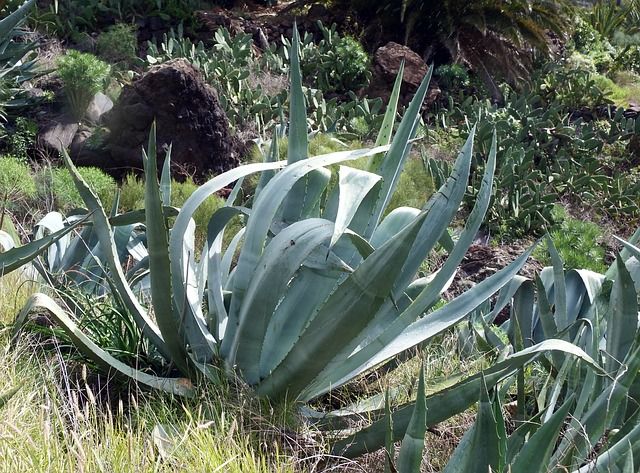
Agave
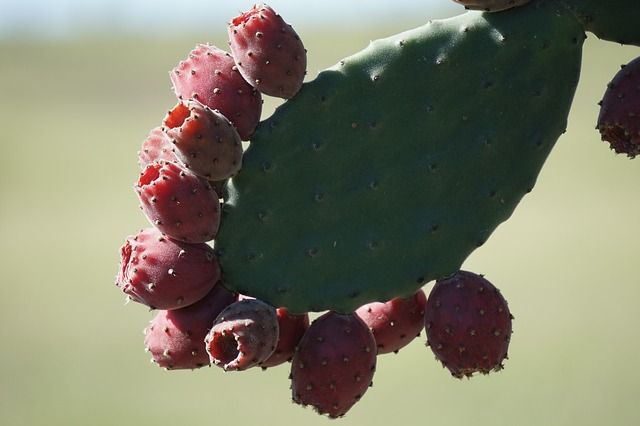
Opuntia
Traditional herbs such as rosemary, basil, oregano, thyme, and lavender grow well in the rocky Montenegrin soil and the sun. Low-nutrient soil causes these plants to produce better flavor, and local people believe they are natural mosquito repellents.
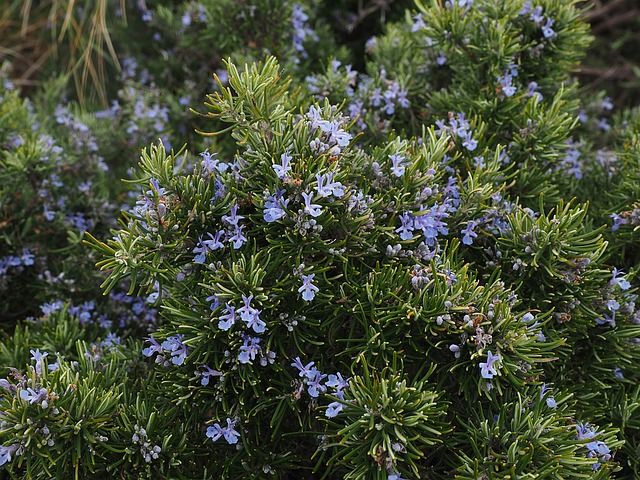
Rosemary
- Plant native shrubs
Look around your area: native Mediterranean plants have developed mechanisms in response to prolonged and dry summers. Most plants in these areas usually have deep roots to take up water from the deeper ground layers, while small gray-green leaves limit the plant’s transpiration and reflect the sun. Olive, pomegranate and fig trees, as well as beautiful Bougainvillea and blossoming oleander, will add full green color to your garden.
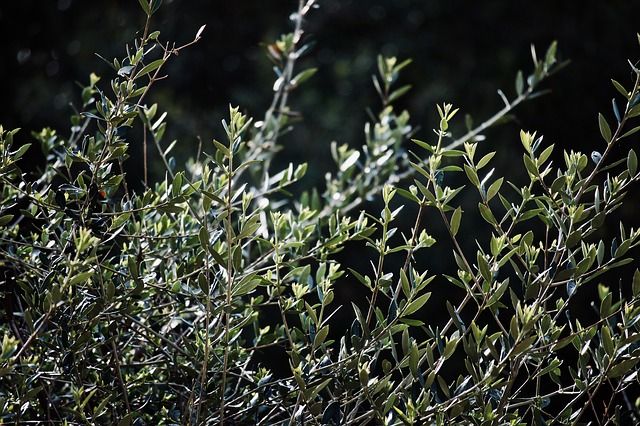
Olive
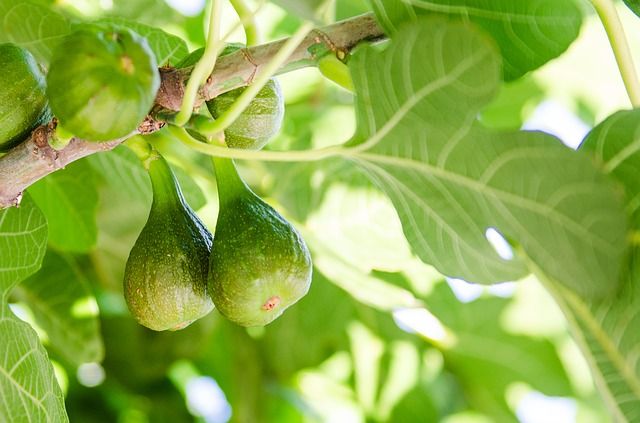
Fig
- Add fruit trees
Citrus gardens are very characteristic of Mediterranean households. Their blossom smell is divine, and the fruits are harvested in winter. Kumquat (Citrus japonica) is my favorite among them, and you can eat its lovely fruits straight from the tree. They don't require much space and with proper care, fructifies abundantly.
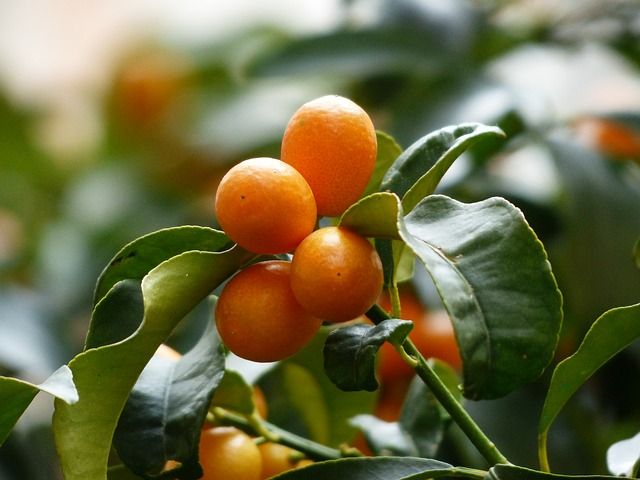
Kumquat
4. Watering and mulching
Regular watering is essential in the hot climate. The best solution is to install drip irrigation that will deliver the water automatically to your plants. If watering by hand, remember to do it regularly, in the cooler hours (early morning preferably) and with enough to reach the lower ground layers.
Adding mulch such as gravel or wood chips will prevent the soil from losing water and heating - and it’s also a nice touch.
- Collect rainwater
Your southern garden needs a lot of water, so it's best to collect it while it's raining and if possible, redirect it to your flowerbeds. Also, watering with low-temperature water is not recommended in hot summer days.
DON'T
- Grass Lawns
Grass lawns have higher water and maintenance needs in the hot Mediterranean sun as well as a specific approach to the choice of species. But if you need some lawn space in the backyard for your kids, seeding some kind of ground cover or creeping plants can be your solution.
- Terracotta Pots
They look beautiful and authentic but clay is a porous material which makes the soil in it dry out twice as fast, and you’ll need to water your plants more frequently. If you like them that much, put your pots in the shadowed area and plant drought-resistant plants in them.
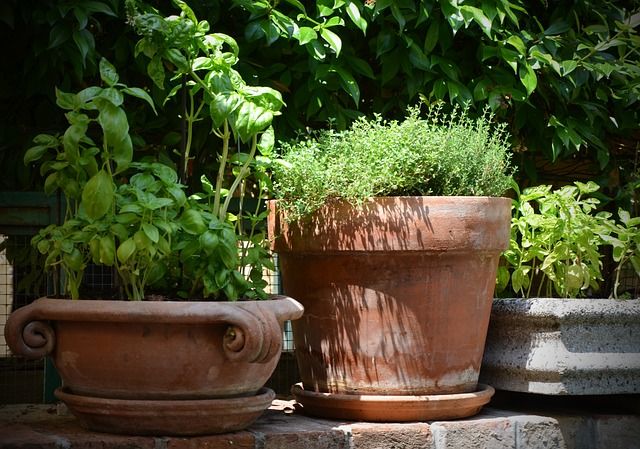
- Planting in spring
On the Montenegrin coast, the best time to grow many plants is in the winter because of the cooler temperatures and rainy season. Begin planting in September and plan on harvesting by spring. Consider March as the latest time for planting before the dry and hot season.
- Common continental plants
Many flowers that are known in the northern parts of the world, such as rhododendrons and azaleas, struggle in this dry Mediterranean climate. These flowers grow slowly and require lots of shade and water. Select climate resistant climbing flowers such as the beautiful wisteria or bougainvillea, jasmine or rose vines.
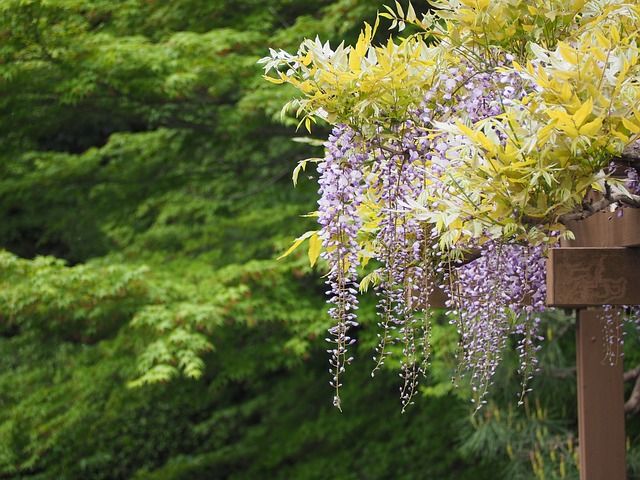
Wisteria
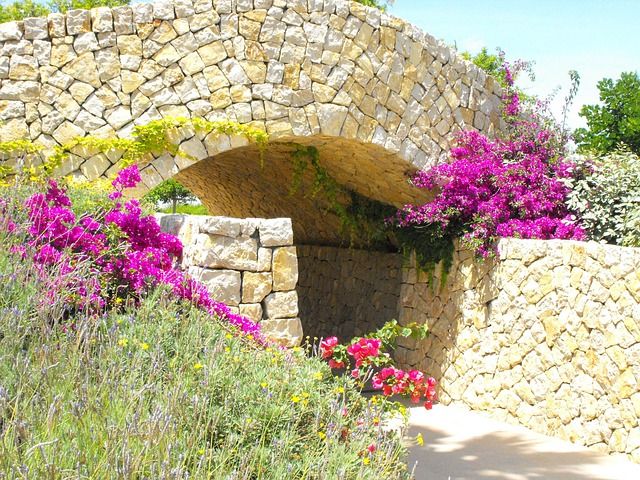
Purple Bougainvillea
- Metal furniture
Though it looks very romantic in a typical patio scene, trust me - it is the wrong choice. Metal tends to heat very quickly and get ice-cold just as fast. For your comfort, select outdoor furniture made of durable wood such as teak or rattan accompanied by many pillows with washable covers.








